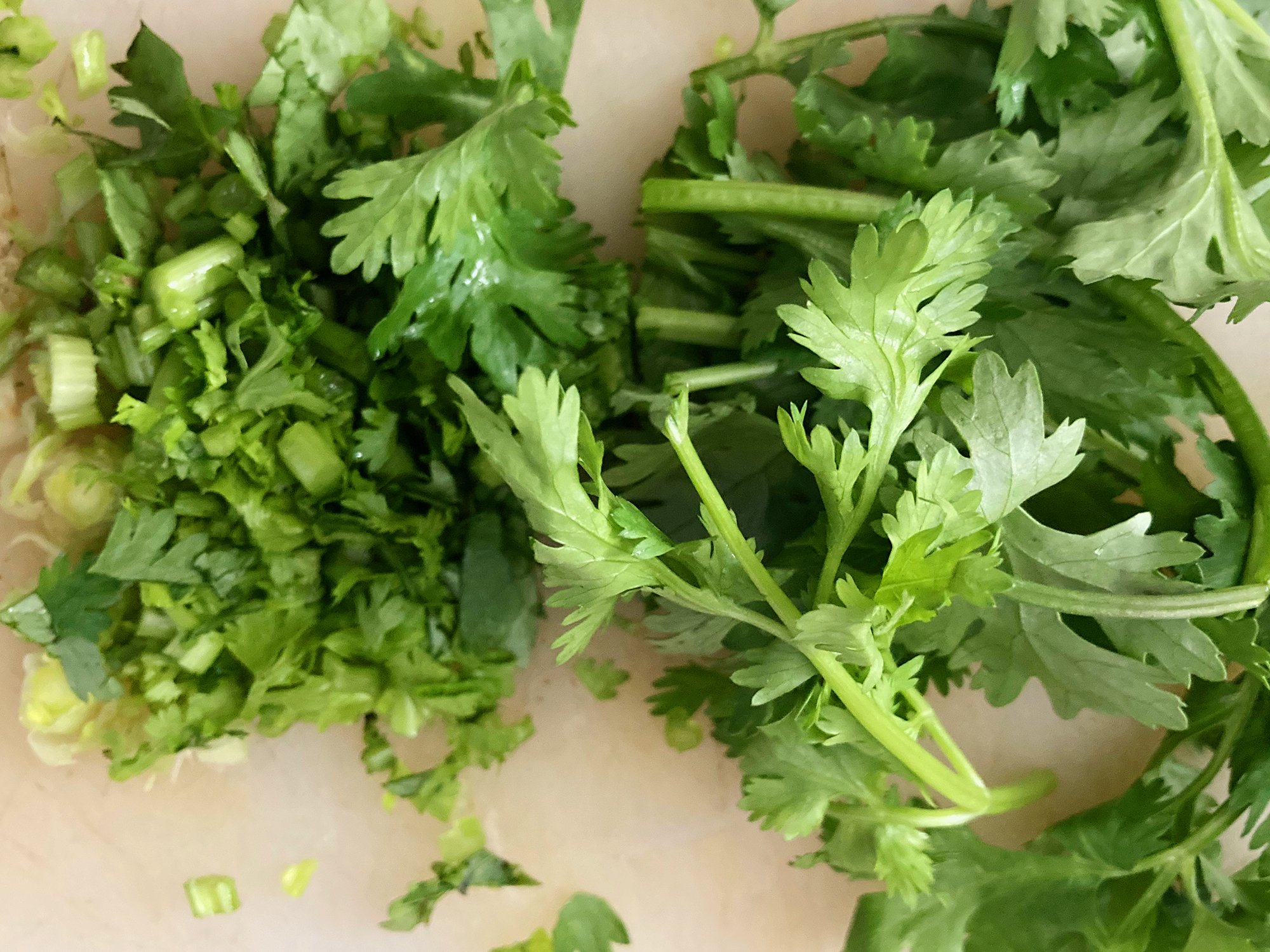Baked Sea Bream
Wild Sea Bream, Pargo Legítimo, ready to go to the oven. Photo by Filipe Gill
In Portugal, fish is cooked in many ways: grilled, boiled, fried, steamed (not so much), raw (very rarely) and… baked in the oven.
In this article I will share my experience on a traditional way to bake the king of peixe no forno, the Pargo, Sea Bream.
As usual, I suggest you start in the market (1) as early as you can get yourself out of bed. Try to be there around 8am.
Get the star of the meal: a large “Pargo Legítimo” around 1,5 to 2kg. This should be enough for 6 portions.
Ask to scale and make some cuts. See picture below.
While I n the market get the vegetables: red peppers, new onions, if available, ripe, large tomatoes, and some potatoes, yellow skin, not waxy. Fresh coriander.
Back home start prepping. It should take you less than two of hours to prep and cook.
Rinse the fish and season with sea salt. Set aside.
Peel the onions, and potatoes. Cut in fairly thin slices. Prep the peppers by slicing in half and removing the white membranes and seeds.
Tomatoes. slice in chunky slices.
In a large tray, put the onions and peppers with some olive oil and sea salt and put in a hot oven for about half an hour to soften and slightly caramelize.
If you prefere you can make this in a pan on the stove. Do not let it burn, or you’ll overwhelm the subtle flavour of the fish.
Meanwhile rinse the tomato juice into a glass and drink it. Cook’s treat : )
In an even larger tray, spread the thin slices of potato with some olive oil.
Put it in the oven for around 10 minutes, so the potatoes crisp up a little.
Now you can add the fish whole to the potatoes and spread the sliced tomato around and on top.
Back in the oven for another 15 to 20 minutes. It is important that the fish is cooked, but not dry.
Remove from the oven and add chopped coriander.
Serve it in all it’s glory: with a fish knife, slide vertically through the back bone of our friend, and remove a nice chunk for each of your guests. Serve some potatoes, tomato, onions and peppers.
(1) Note: we are starting a Markets and Producers section here in Gastronautas so you can discover and support local producers.







